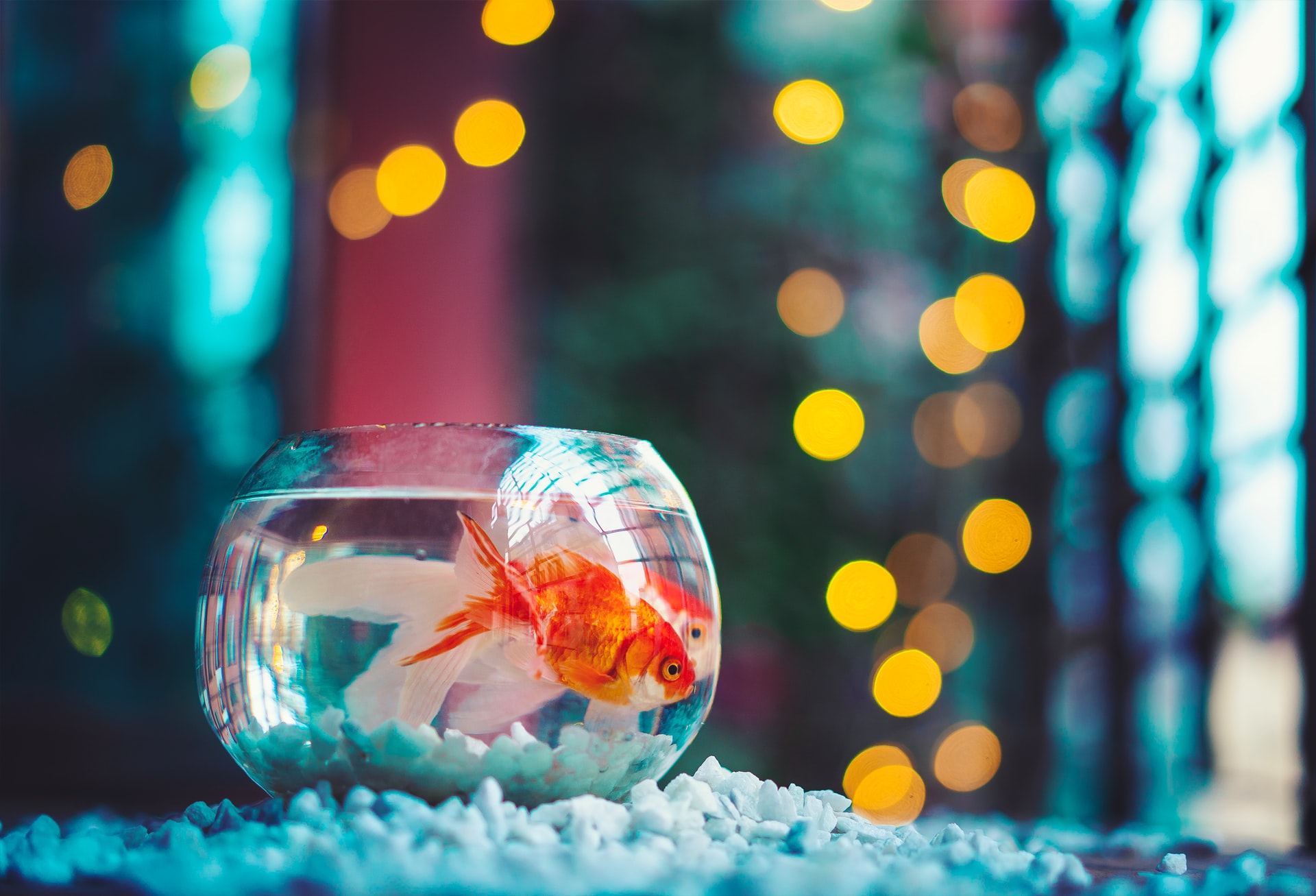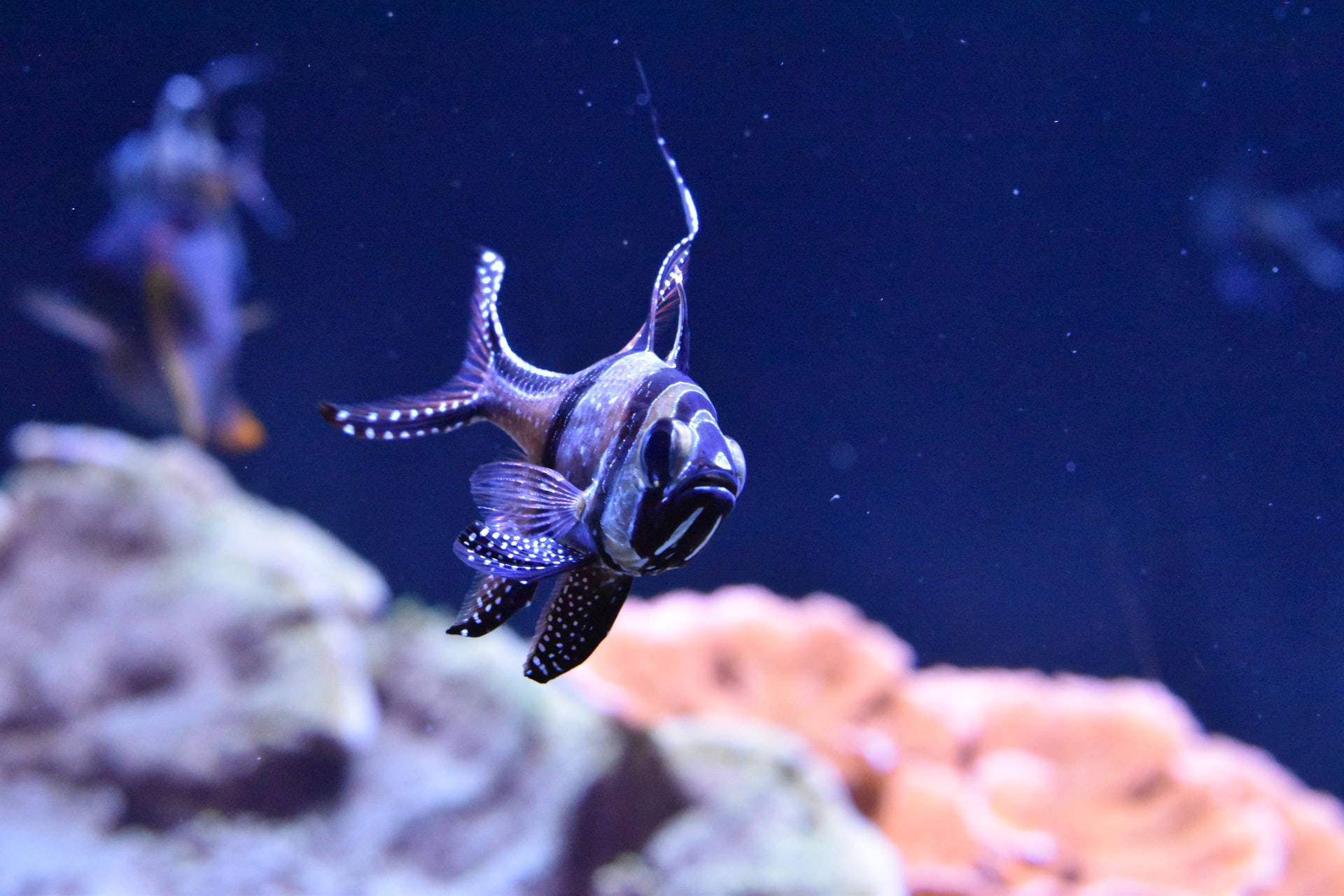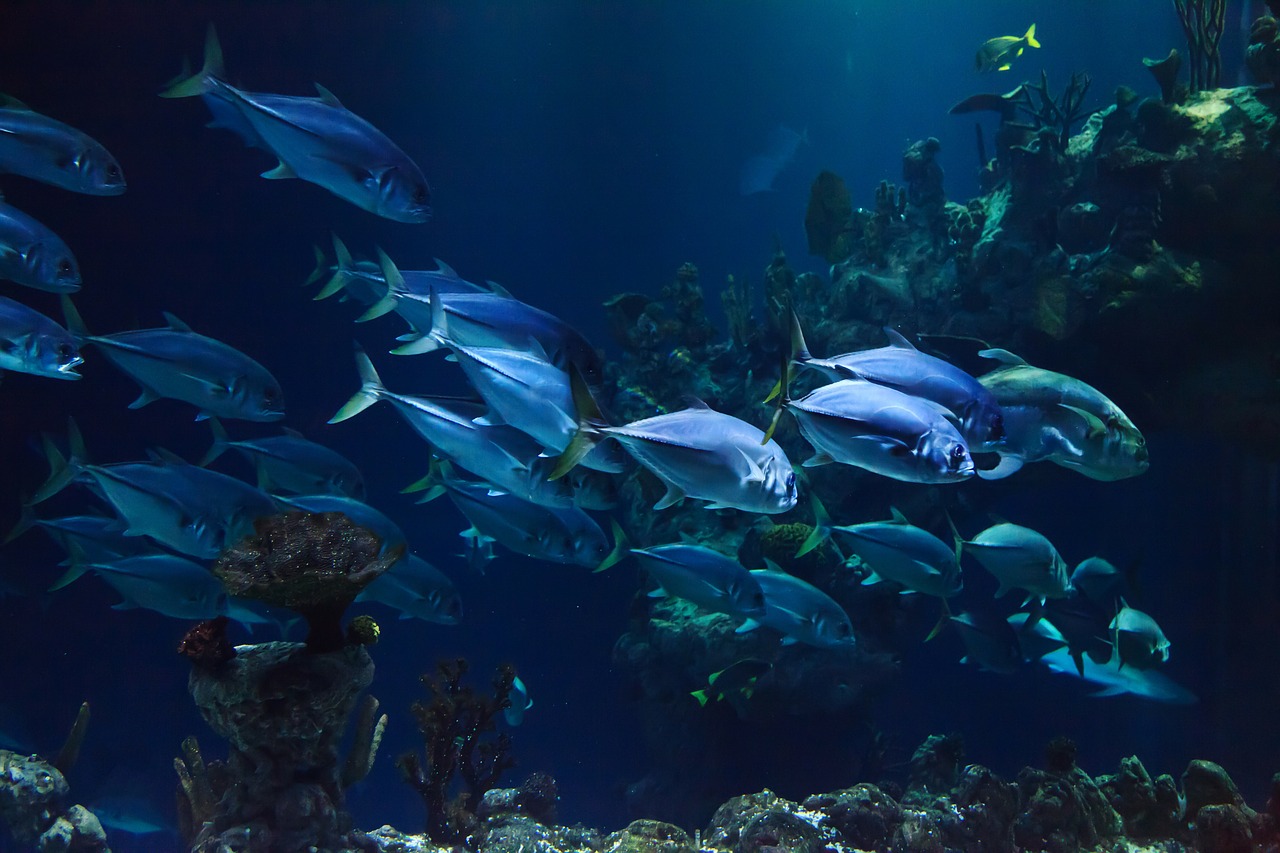Don’t be a cold fish – get your tank a good aquarium heater!
Fish are “cold blooded”, meaning that they can’t maintain their body temperature, and therefore most need their water to be heated. Coldwater fish, like Betta’s and goldfish like their temperatures to be between 68-72 degrees Fahrenheit, so if your keep your home at that temperature all year long you may not need a heater.
Tropical fish, being from the tropics, prefer a warmer climate and should have their water between 75 and 79 degrees Fahrenheit.
It is critical to purchase a good, reliable aquarium heater since fluctuating water temperatures can make your fish sick or kill them! Corals in particular do not tolerate temperature fluctuations, so it doesn’t pay to get the cheapest aquarium heater since in the long run you could pay the price in lost fish.
Generally, you will need 5 watts of heater for each gallon of aquarium, so if you have a 20 gallon aquarium, you will need a 100 watt heater. In a large aquarium it is recommended that you divide the load up between 2 heaters so the water gets heated evenly (and also if one fails you at least have some heat until you can get to the store to replace it). So for the 20 gallon tank, you might want to buy 2, 50 watt aquarium heaters and place them at opposite ends of the tank. If you keep your house very cold, you may want to get a higher wattage heater since the colder the room, the harder the heater will have to work in order to keep the tank at optimal temperature.
Types of Heaters
Hang On Heaters
Aptly named, these are the oldest kind of aquarium heater and literally “hang on” to the side of the tank. They have a glass tube that is inserted into the water and the controls stick up out of the water. This type of heater is not as efficient as a fully submersible heater and is less precise.
Submersible Heaters
These heaters can be fully submerged into the tank. Providing more precise controls, these can also be more aesthetically pleasing since you have more leeway in where they are placed and can be hidden behind plants or decorations. They stick to the side of the tank with suction and provide a more consistent temperature.
Heating Cable System
This heating system is installed under the gravel and is controlled by an electronic unit. This type of system, used mainly in freshwater planted aquariums and sometimes in saltwater, heats the water evenly. It can be problematic of it breaks down, however, since you would need to dig up your tank to replace it.
Aquarium Heater Tips
- Since water temperature is vital to your fish’s survival it is wise to purchase an extra aquarium heater and set it aside as a spare.
- In longer tanks, it is best to split up the required wattage between 2 heaters and put them at opposite ends of the tank
- Purchase a thermometer with your heater so you can easily monitor your tank temperature
- Pick the longest tube length your aquarium will allow so that you can have more heating area.
- Never operate your heater outside the water, be sure to turn it off when doing water changes.
- If you have a saltwater aquarium make sure that your aquarium heater is saltwater safe.











